Professional Roofing Services in Chobham are essential to safeguarding your property’s value, preventing leaks, damp, and unnecessary energy loss. Across London and the Home Counties—including Kent, Surrey, West Sussex, and Berkshire—you benefit from trusted specialists who deliver every project with compliance, attention to detail, and a focus on enduring, hassle-free performance.
With decades of proven experience, accreditations from Which Trusted Trader and CITB, and suppliers such as Welsh Slate, ALM Lead, and Kemper, you’re assured of quality and trust from start to finish. Book a free survey today and protect your property.
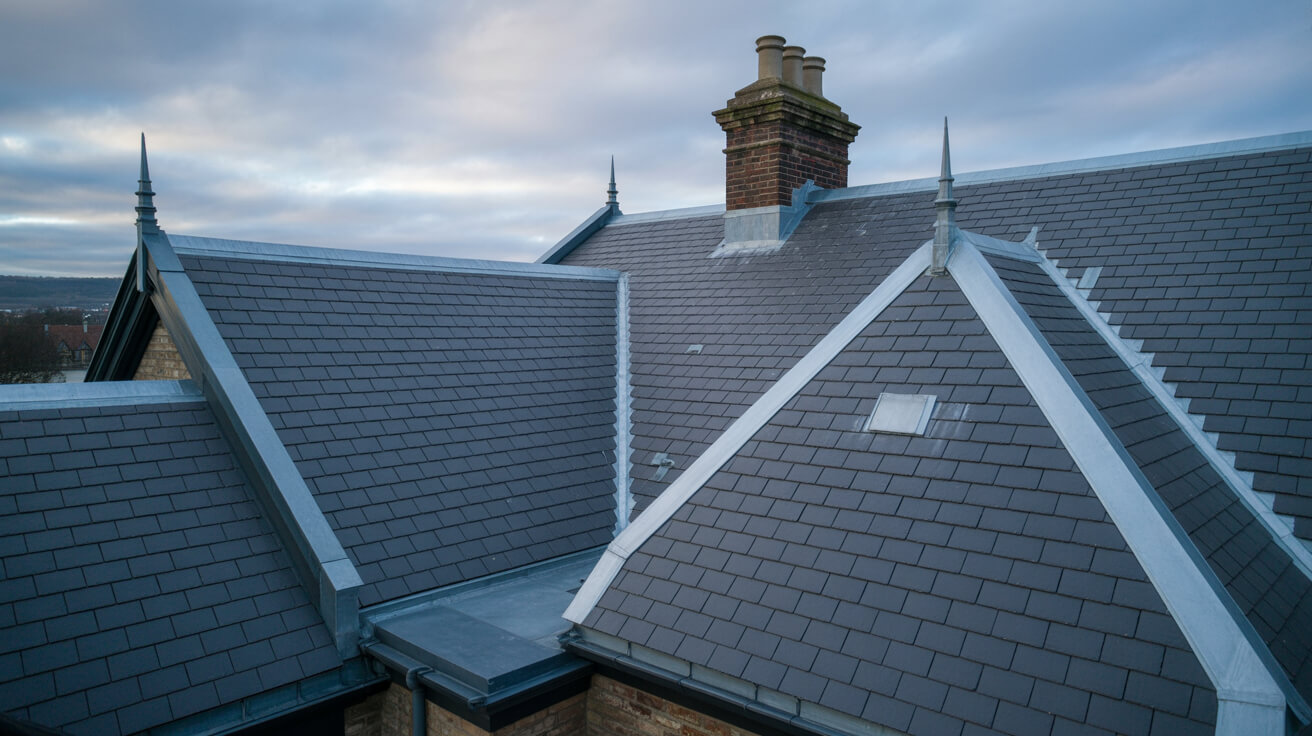
Ignoring roofing problems never pays. Leaks create damp, failed insulation drains energy, and small issues often become expensive structural headaches. Every day you delay action increases both your risk and your eventual repair bill.
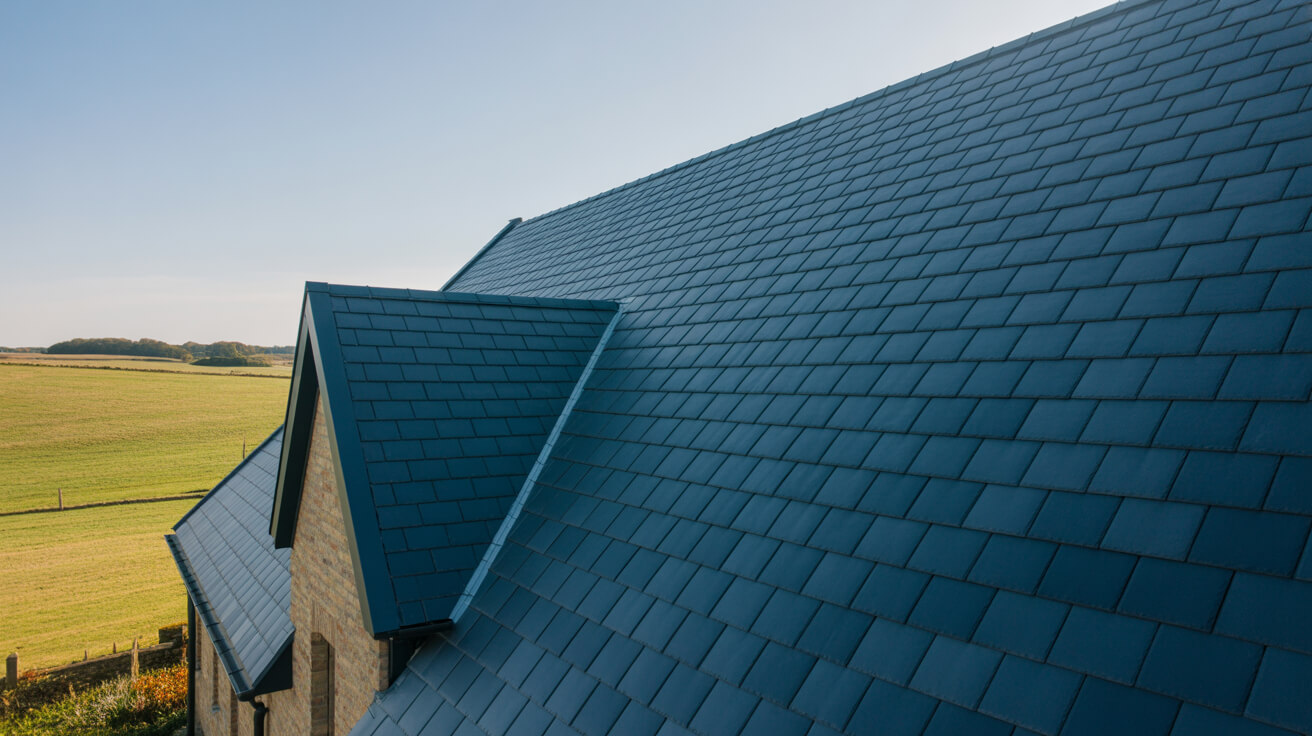
Expert Roofing Services in Chobham solve these challenges by improving your property’s protection from weather extremes, boosting energy performance, and meeting all legal compliance standards. Whether you need peace of mind for your home, long-term value as a landlord, or safety and efficiency for a business, proactive roofing work is always a sound investment.
Our Roofing Services in Chobham cover everything from repairs and new installations to flat and pitched roofing, leadwork, guttering, skylights, and heritage restorations. Homes, businesses, and historic buildings are served with solutions prioritising longevity, compliance with Building Regulations, and materials from trusted suppliers. Each project is tailored to your property type—delivered safely and professionally for future-proof results.








Every Roofing Services in Chobham project is adapted to property type, roof structure, and environmental demands. This tailoring ensures compliance with regulations, minimises disruption, and maximises long-term value. From homes and businesses to industrial sites and listed heritage buildings, our flexible approach guarantees roofing solutions that meet unique needs for safety, efficiency, and reliability.
Homes, extensions, and listed buildings.
Offices, retail, schools, and hospitality.
Warehouses, factories, and logistics sites.
Every Roofing Services in Chobham project follows proven steps with quality materials. For installations, upgrades, or repairs, each layer adds durability, safety, and efficiency—tailored to protect your property and comply with regulatory standards.

Get a free, no-obligation quote today.
Our experts are standing by to help you choose the perfect flat roofing solution.
⏱ Response within 24 hours guaranteed
Accredited by Which Trusted Trader, CITB, and approved by Kemper and Westwood, our team delivers safe, compliant, and warranty-protected Roofing Services in Chobham. Clients benefit from guaranteed standards and long-term assurance—reinforced by positive reviews that consistently highlight quality, professionalism, and trust.


Complete reroofing. Living in Singapore at the time and T was super responsive and communicative.
Replacement of lead box gutter and new flashing to parapet wall. I had an excellent experience using James and the team. He was very prompt in all aspects of communication and completed a first class job. Really pleased.
James completed some repairs on our roof and replaced some of our pebble dash by the roof as well. He was very thorough and fixed everything. He kept us really informed by taking photos and showing us what he did and keeping us updated. It also went onto our neighbours roof and he did the same fo...
We had a leak in our bedroom and James fixed the roof for us to stop it from leaking. All the work came with a warranty. The work that was carried out was good. James and his team were polite, and did all the work quickly and without too much interruption to our day-to-day lives. Would recommend ...
J G Leadworks have repaired and replaced the roofs and gulleys over our warehouse and workshops which have meant both areas are now watertight
James and team were incredibly responsive to my request to look at a serious leak issue on my flat roof. They did a very thorough investigation and explained in detail the issue and gave a fair quote. They were quick to book in and complete the work and have checked in afterwards a few times to m...
James was quick to respond to the initial contact and was able to work around some time constraints I had. He explained what needed doing clearly and was happy to answer follow up questions. He took pictures to show each stage and I feel confident in the work that was done by James and the team. ...
JG Roofing were very easy to work with. Their quote was sensible and they stuck to that figure. They completed many repairs to my roof including, rebuilding a leaded gutter, reinforcing rotten rafters, rebuilding a long felted gutter and felting parapet walls, resurfacing and felting a flat roof,...
Planning and legal checks protect clients from costly errors, delays, and non-compliance, ensuring roofing projects meet regulatory and safety requirements.
Permission is often required for listed properties, conservation areas, or major roof alterations. All work must also satisfy Building Regulations, including Part A (structural safety) and Part L (energy efficiency), resulting in compliant, future-ready roofing.
Our team manages the full process, from initial surveys to legal guidance, preparing documentation, and liaising with local authorities as needed. Whether on modern homes or heritage sites, we deliver each project legally, safely, and with minimal disruption—providing total reassurance and peace of mind for property owners.
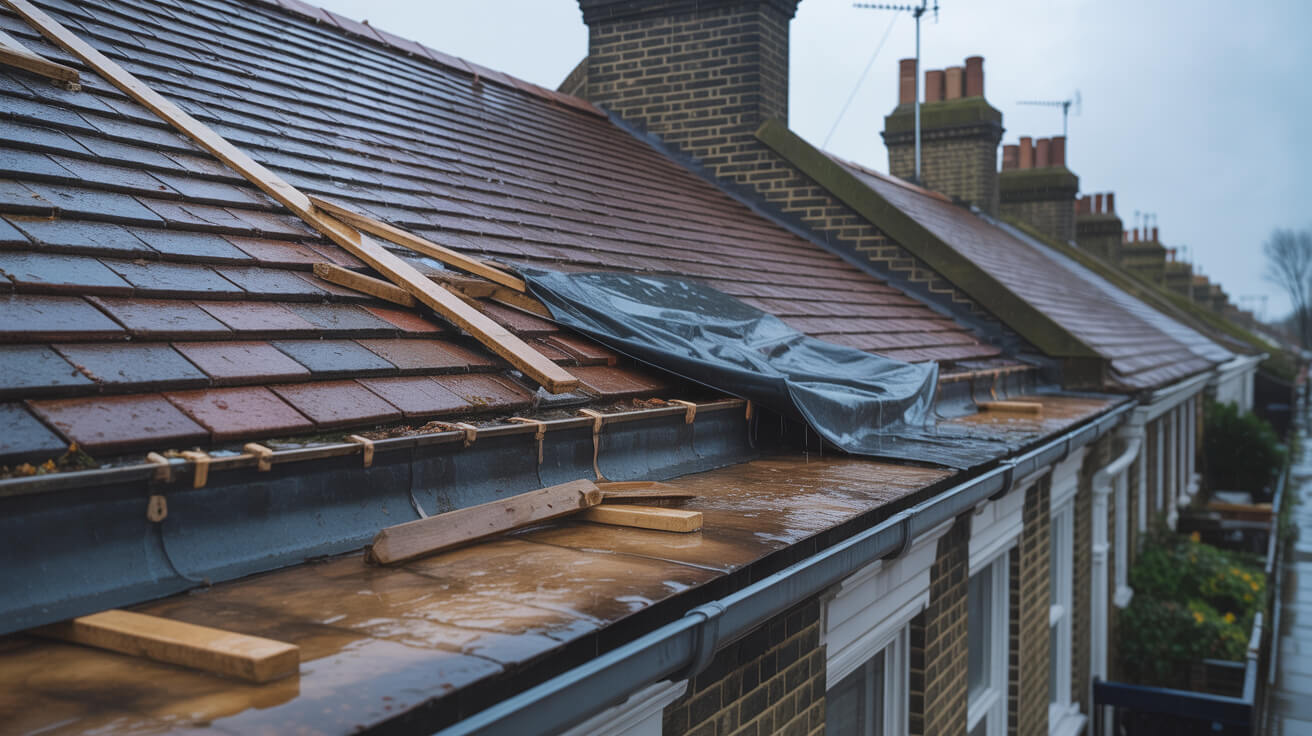
Every project unites skilled workmanship with rigorously tested materials.

With 25 years of experience in lead sheet roofing, James is a trusted expert in heritage roofing, slate, and tiling. His knowledge of traditional methods, paired with modern compliance, makes him a go-to specialist for projects that demand both craftsmanship and durability.
Roofing Services in Chobham provides lasting protection, efficiency, and value, delivering durable, compliant roofing solutions that safeguard every property investment.
Selecting Roofing Services in Chobham involves balancing durability, budget, compliance, and aesthetics to secure the best-fit roofing solution for your property.
Why Clients Choose JG Leadwork and Roofing
With decades of trade experience, our teams understand the unique demands of London and Home Counties roofing. From heritage-listed properties to contemporary extensions, we adapt solutions to local regulations, weather conditions, and architectural styles with precision.
Accredited by Which Trusted Trader, CITB, and approved by Kemper, Westwood, IKO, ALM, and other leading suppliers.
These credentials guarantee safety, compliance, and access to manufacturer-backed warranties, giving clients peace of mind that their project meets the highest professional standards and benefits from warranty protection.
Our heritage projects use Welsh Slate and handmade clay tiles for authenticity, while leadwork is delivered to Lead Sheet Association (LSA) standards. Commercial installations employ Kemper and Westwood liquid systems for durability and efficiency. Each example demonstrates our reliability, blending traditional craftsmanship with modern performance.
Our workforce includes skilled roofers, heritage specialists, and safety-certified installers.
Every roofer holds NVQs, receives ongoing CPD training, and is qualified in both modern flat systems and traditional techniques, including slate and leadwork.
Team structure ensures projects run smoothly—surveyors identify needs, installers deliver with precision, and supervisors oversee compliance. This approach minimises disruption, accelerates timelines, and guarantees consistent quality across residential, commercial, and industrial roofing projects.
Every project is regulation-compliant, warranty-backed, and focused on long-term results.
Client testimonials and case studies confirm our track record, with projects praised for professionalism, durability, and customer support.
We go beyond installation with aftercare packages, maintenance support, and open communication at every stage. Property owners gain reassurance that JG Leadwork and Roofing stands behind its work. Book a free survey today and discover why homeowners, landlords, and businesses trust us with their roofing.
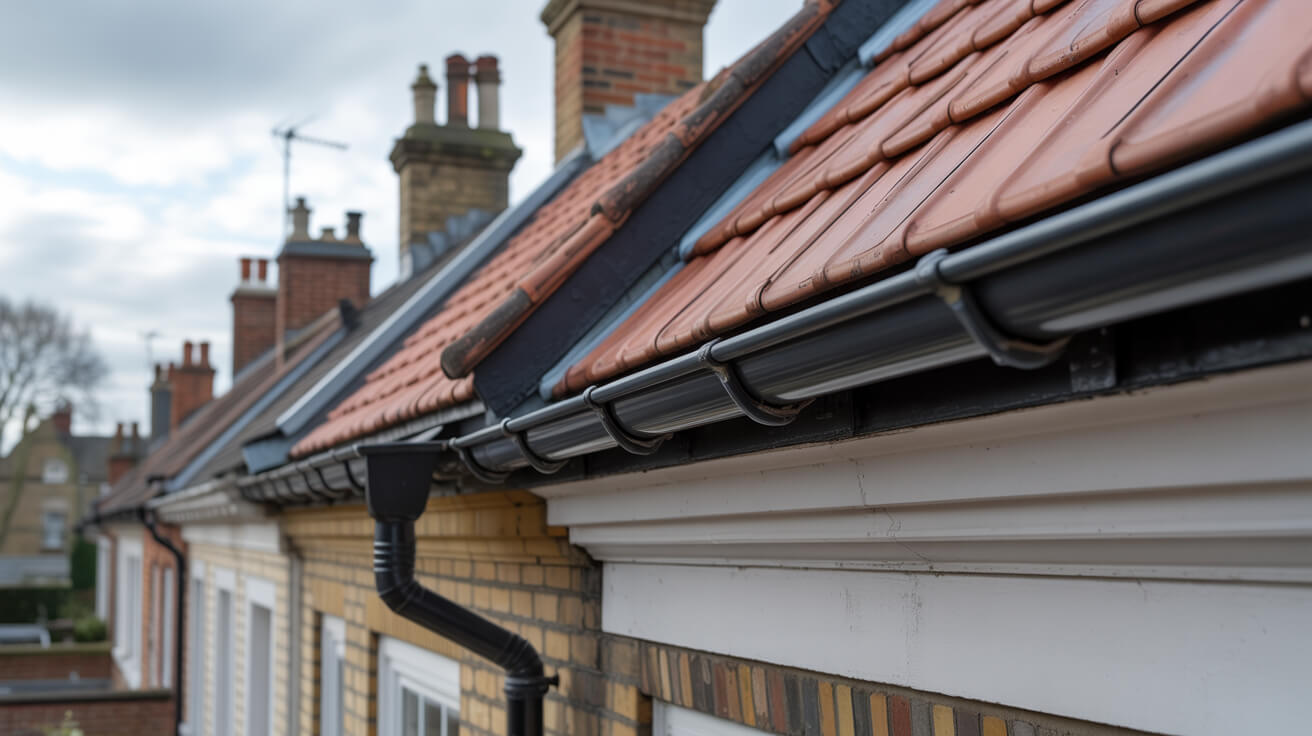
Get a free quote, rapid response, and expert service across London and the Home Counties. Contacting JG Leadwork and Roofing is your simple first step to dependable roofing solutions.
We source materials from leading suppliers including Supreme and IKO felt systems, Kemper, Westwood and Proteus liquid systems, Welsh Slate, handmade clay tiles, ALM Lead Mills, and Nicholson Air Track. These trusted brands guarantee durability, compliance, and warranty-backed performance across flat, pitched, heritage, and commercial roofing projects.
.
.
For homes, Roofing Services in Chobham safeguards comfort and enhances kerb appeal with durable, energy-efficient systems. Whether modern extensions or traditional pitched roofs, tailored solutions improve living standards and protect property value.
For businesses, Roofing Services in Chobham delivers cost-effective, large-scale installations with minimal disruption. Projects are planned around operations, with safety compliance, energy performance, and flexible scheduling built in—supporting offices, retail, schools, and industrial facilities with reliable, regulation-ready outcomes.
For heritage properties, Roofing Services in Chobham combines authentic materials such as Welsh slate, handmade clay tiles, and ALM lead with skilled conservation techniques. Listed building consent and conservation requirements are fully managed, ensuring traditional character is preserved while integrating modern weatherproofing. This careful balance provides long-term durability without compromising historic integrity or aesthetic value.
JG Leadwork and Roofing delivers Roofing Services in Chobham across housing, commercial, heritage, and public sectors. Every industry comes with unique requirements, from safety and compliance to efficiency and conservation. Our adaptability ensures projects are delivered with precision and professionalism—whether safeguarding homes, supporting business continuity, preserving history, or protecting critical public and healthcare facilities.
Durable roofing installed with minimal disruption, ensuring safe, regulation-compliant workspaces for staff and visitors.
High-standard, compliance-focused solutions protect community facilities while meeting strict safety and regulatory obligations.
Heavy-duty roofing tailored for wide spans, ventilation, and long-term maintenance efficiency.
Authentic materials and sensitive methods preserve historic character while adding modern protection.
Weatherproof systems that enhance kerb appeal and guarantee uninterrupted trading for outlets.
Tailored roofing improves guest comfort, safety, and ambience across hotels, restaurants, and venues.
Safe, durable systems designed for schools and universities with minimal learning disruption.
Specialist roofing solutions built for hygiene, safety, and regulatory compliance in medical environments.
Our team of NVQ-qualified roofers, LSTA-trained specialists, and health & safety-compliant professionals bring decades of combined experience. Every project is delivered with meticulous attention to detail, ensuring safe practices and consistent quality across flat, pitched, heritage, and commercial roofing disciplines.
Expertise includes heritage leadwork, slate and tile roofing, modern flat systems, and drone-assisted roof surveys. Ongoing CPD training ensures adaptability to both traditional craftsmanship and the latest innovations—giving clients confidence that every roof is built or repaired with proven skill and care.
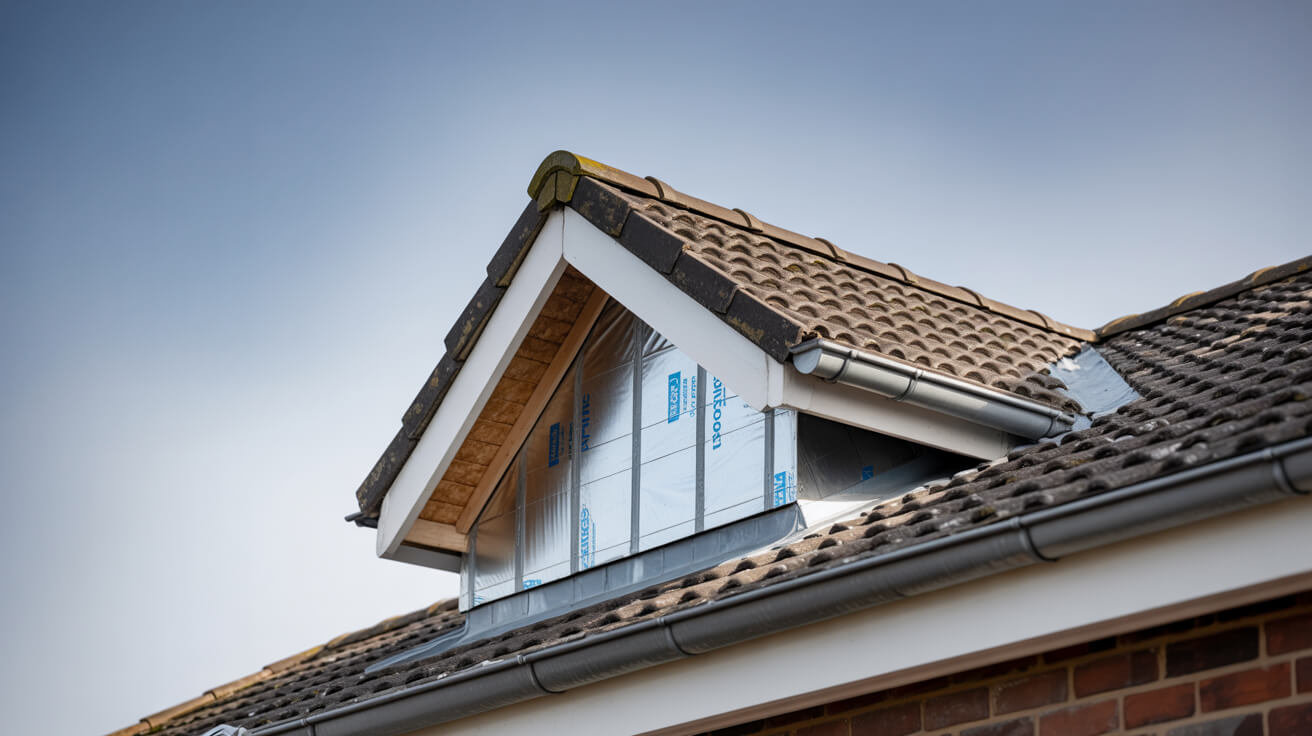
A thorough survey highlights existing issues, structural considerations, and upgrade opportunities, ensuring the best-fit solution is identified from the very beginning.
Transparent, itemised quotes detail costs, timelines, and materials—giving you complete clarity and confidence before work starts, with no hidden surprises.
Scaffolding, access solutions, and robust safety measures are put in place to safeguard both property and people throughout the project.
Skilled roofers complete the work using accredited materials and proven techniques, delivering durable, compliant results while keeping disruption to a minimum—whether for repairs, replacements, or new installations.
Each stage is inspected against manufacturer standards and Building Regulations, with photographic documentation provided for transparency and peace of mind.
Each stage is inspected against manufacturer standards and Building Regulations, with photographic documentation provided for transparency and peace of mind.
In a competitive roofing market, many providers look the same on paper. JG Leadwork and Roofing stands out through proven expertise, accredited methods, and specialist techniques. Our combination of traditional craftsmanship and modern technology makes us the safer, smarter choice across residential, commercial, industrial, and heritage projects.
In a competitive roofing market, many providers look the same on paper. JG Leadwork and Roofing stands out through proven expertise, accredited methods, and specialist techniques. Our combination of traditional craftsmanship and modern technology makes us the safer, smarter choice across residential, commercial, industrial, and heritage projects.
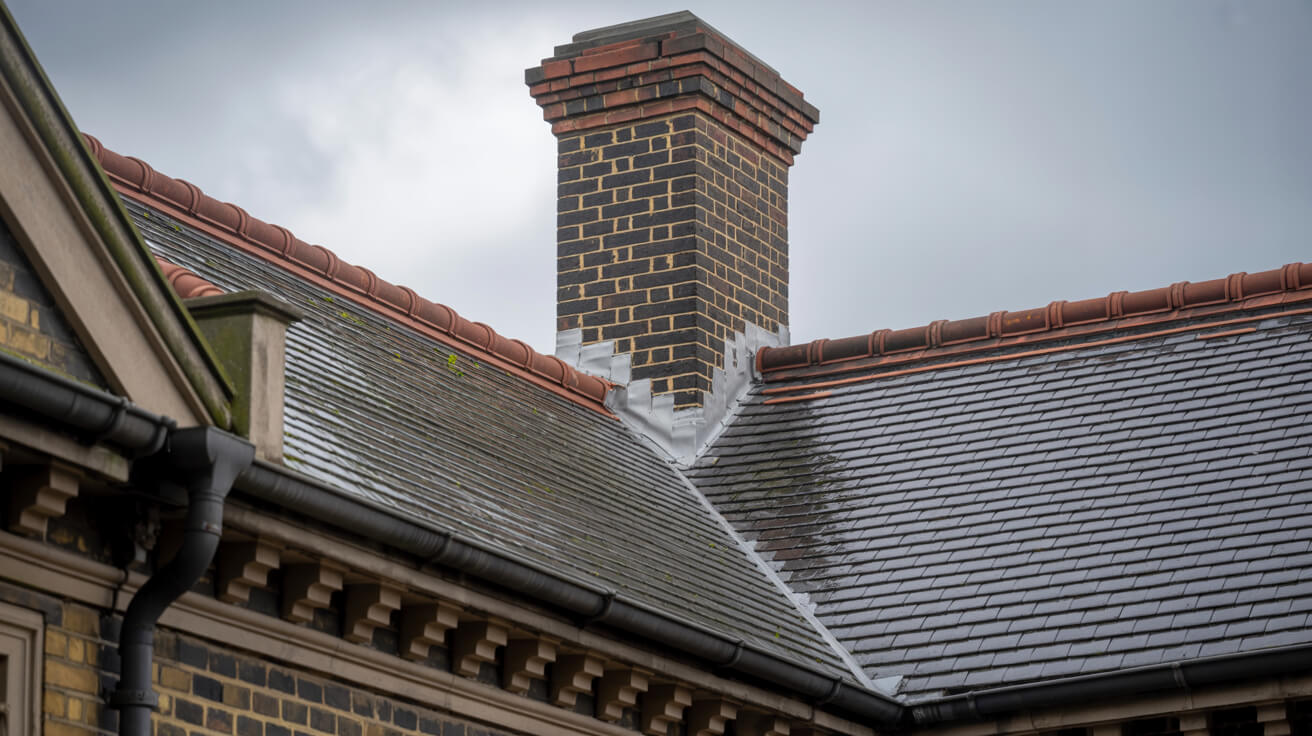

At JG Leadwork and Roofing, every project follows a structured QA process. Each stage—materials, installation, safety, and final sign-off—is measured against manufacturer specifications and UK Building Regulations to ensure durability, compliance, and warranty-backed performance across all roofing services.
Projects are only signed off once all QA checks are complete, giving clients confidence in long-term performance, structural safety, and insurance-backed peace of mind.
Every Roofing Services in Chobham project by JG Leadwork and Roofing is delivered in strict alignment with UK Building Regulations and recognised frameworks. This ensures structural safety, energy efficiency, durability, and protects warranties and insurance coverage across residential, commercial, industrial, and heritage properties.
Clients can be confident their project is completed legally, safely, and insurance-ready—delivering long-term performance, compliance assurance, and complete peace of mind.
Property owners often wonder about Roofing Services in Chobham—from costs and timescales to permissions. Below, you’ll find straightforward, trustworthy answers to the most frequent and practical queries.
The cost of installing a slate or tile roof in Chobham—or anywhere in the London region—is shaped by much more than just the price of the material itself. Slate is widely regarded as a higher-end, long-life roofing option, whereas tile (typically clay or concrete) is known for affordability and versatility. For property owners, architects, and developers, understanding all the drivers behind these costs is essential for budgeting, compliance, and long-term value planning. Here, we break down the key influences on pricing, combining regulatory requirements and practical factors unique to the UK context.
The starting point for cost differences is the material. Natural slate is often imported (e.g., Welsh, Spanish) and must be hand-split and sorted—factors that lead to a higher price per square metre. Quality, quarry origin, and tile thickness all affect the total. In contrast, tile roofing uses clay or concrete, manufactured at scale for lower costs and diverse aesthetic choices. While concrete or clay tiles usually last between 40–60 years, slate roofs can last 80–100 years or more due to their durability.
Labour is a significant additional cost. Slate must be cut and fixed individually—slower and requiring more skill—whereas interlocking tiles are quicker and simpler to lay, lowering installation hours and therefore total cost.
Both types must comply with BS 5534 (the British Standard for slating and tiling), which specifies methods, wind uplift resistance, and structural standards. Slate is heavier and sometimes more brittle than tiles, usually requiring denser batten installation and more fixings for safety—each detail potentially adding to the price. Any roof refurbished or replaced must also meet Part L of the Building Regulations, targeting minimum energy efficiency via insulation thickness (U-value requirements). Upgrading insulation contributes to both labour and material costs, and may even require an adjustment in roof design—affecting slate and tile alike.
For buildings in conservation areas or listed status, planning permissions may dictate that original materials (like natural slate or handmade clay tile) must be retained, often precluding cheaper modern options.
External influences—such as the project’s location, local labour rates, exposure to severe weather, or restricted site access—also shape costs. Roofing work in London and the South East typically commands a premium due to higher labour and insurance costs. Roof design matters: steep or exposed pitches may need denser slate or double-lapped tiling for watertightness, further increasing the amount of material and installation work. Heritage or conservation requirements often demand matching old materials; specialist details (corners, valleys, hips) and complicated scaffolding setups in older buildings can significantly raise the budget.
To make an informed decision, property owners should use a structured comparison of the key factors:
| Factor | Slate Roofing | Tile Roofing | Why it Matters |
|---|---|---|---|
| Material Cost/m² | £32–£55+ | £18–£35 | Slate = natural premium; tile = mass produced |
| Lifespan | 80–100 years+ | 40–60 years | Impacts replacement cycles, long-term value |
| Compliance | Often required for listed buildings | Widely used in modern builds | Heritage rules may dictate choices |
| Labour Intensity | High – slow/precise | Moderate – faster | Skilled labour can raise overall budget |
| Maintenance | Minimal, rare | Occasional | Both must follow BS 5534 for durability |
Quick assessment steps:
With these factors in mind, informed decisions become possible—balancing compliance, immediate spend, and the value delivered across decades.
Most roof installations in the UK take between two and seven working days, though the exact timeline depends on roof type, size, weather, and property access. Homeowners, landlords, and facility managers should expect some variation between pitched and flat roofs, while heritage properties often require more time due to extra care or regulatory steps. Knowing the likely timeframe supports cost planning, minimises disruption, and ensures building safety is prioritised from start to finish.
Roof installation time directly affects how long your property is exposed to the elements, how you coordinate site access, and when follow-on trades or daily routines can resume. For residents and tenants, understanding the schedule alleviates uncertainty around disruption and aids in planning—especially for weather-sensitive periods.
On a standard three-bedroom UK house, a pitched roof installation typically takes four to seven days. This process includes old roof removal, rafter or insulation checks, fitting underlay and battens, laying tiles or slates, fixing ridge or hip tiles, and installing flashing around chimneys or valleys. Flat roof installations, such as felt or liquid-applied products, often require two to three days—these systems have fewer layers and less detail work than pitched roofs.
Heritage or listed properties may see timelines extended: removing and restoring original materials, meeting conservation requirements, and carrying out extra structural checks add days or even weeks to the process.
Several property and environmental factors can accelerate or delay a roofing project:
Unexpected discoveries—such as rotted timbers, hidden leaks, or substandard repairs—may also add days to the schedule.
Routine maintenance and inspection are key for ensuring your roof’s performance and protecting warranties:
Regular, proactive checks reduce the risk of expensive emergencies and help avoid problems like hidden timber rot or saturated insulation, which can go unnoticed until major damage occurs.
The table below summarises the typical lifespan, inspection intervals, and maintenance needs for common UK roofing materials:
| Material | Typical Lifespan | Inspection Frequency | Maintenance Needs |
|---|---|---|---|
| Slate (natural) | 80–100 years | Every 5 years | Minimal; replace broken slates |
| Clay Tile | 60–80 years | Every 5 years | Spot-replace damaged tiles, check fixings |
| Concrete Tile | 40–60 years | Every 3–5 years | Clean moss, inspect for cracking |
| Felt (Flat Roof) | 10–20 years | Every 2 years | Patch joints, check for blisters |
| EPDM/Liquid | 25–40 years | Every 2–3 years | Clear outlets, reseal or recoat as needed |
Note: These lifespans assume regular inspections and timely repairs of minor faults. Poor maintenance, ongoing water pooling, or repeated exposure to harsh freeze–thaw cycles (when water freezes and expands in roofing cracks) can reduce longevity. Consistent upkeep and prompt repairs maximise your investment and help ensure your property stays protected.
Roof repairs and replacements are significant outlays for any property, so getting beneath the surface of upfront costs, understanding the protection of robust warranties, and choosing a trusted, accredited installer are essential steps for both financial predictability and long-term assurance. Straightforward oversight in these areas can leave homeowners facing unforeseen liabilities, landlords with tenant risks, and businesses exposed to asset depreciation or compliance failures.
Better to invest once in confidence than pay repeatedly for repairs that don’t last.
The final price depends on much more than just roof size. Major factors include labour costs (which rise for complex or hard-to-access buildings), the materials selected (traditional slate, concrete tile, metal, or specialist membranes), and whether it’s a partial repair or a total re-roof. Commercial and historic properties will often incur higher expenses due to specialist regulations and bespoke detailing.
| Service Type | Typical Range (UK) | Key Influences |
|---|---|---|
| Roof Repair | £250 – £1,200 | Damage type, access, materials |
| Roof Replacement | £5,000 – £15,000+ | Size, structure, insulation, finish |
A straightforward flat roof patch might sit at the low end, whereas full replacement—especially for larger or heritage buildings—can exceed the top of the range. Always request a clearly itemised quote that spells out these variables for transparent budgeting.
An insurance-backed warranty typically lasts 10–20 years and covers not just the materials (like slates or felts) and workmanship (correct fixing, flashing details), but sometimes also the roof’s overall structural performance. The key advantage of insurance-backed protection is its validity—even if the original contractor goes out of business, you still have recourse.
Further, today’s Part L compliance requirements mean that insulation and energy efficiency must meet current standards for the warranty to apply—and to help with resale or insurance approval. If your roof isn’t covered by this level of assurance, you may face costly remedial work or blocked property sales.
The right accredited installer cuts your risk on multiple fronts. Look for NVQ qualifications, CITB safety training, or formal membership in schemes like Which Trusted Trader and Competent Roofer. These credentials signal a commitment to up-to-date standards and ethical work, and are often required for access to manufacturer-backed or insurance-backed guarantees.
The assurance of qualified trades is worth more than a cheap quote ever will be.
Installers with a proven track record are also more likely to deliver a compliant, trouble-free result; their audits, continuous training, and regulatory knowledge all serve your best interests. Uncertified trades could invalidate not just warranties, but future insurance claims.
Trying to save money by cutting roofing corners frequently leads to higher costs over time. Common shortcuts—such as layering new membranes over rotten decking, neglecting waterproofing and ventilation layers, or skipping insulation upgrades—can quickly result in structural decay, hidden leaks, black mould, inflated energy bills, or failed building surveys.
Even more, insurers often require proof that roofing work was carried out by an accredited professional; without this, claims for storm or water ingress may be refused, leaving you exposed. The money saved now can become a much larger liability, both financially and in property value, when issues inevitably surface.
In Chobham, rapid response to roof damage is essential for property owners, whether the issue is caused by storms, active leaks, or noticeable structural shifts. Addressing repairs quickly goes far beyond preserving comfort—it’s a safeguard against escalating costs, complex insurance issues, and risks to household safety. Delays allow water penetration to worsen, can invalidate insurance claims, and may lead to significant deterioration of structural elements. Acting promptly after incidents, especially during challenging weather, helps alleviate future disruption and expense.
The window of opportunity for effective intervention closes rapidly, especially during local wet or cold seasons, when roof materials and structures are most vulnerable to worsening damage.
Some scenarios leave no time for hesitation and warrant immediate attention:
Immediate water ingress—even from a small opening—can saturate insulation, rot timber, and compromise electrical safety within 24–48 hours. Temporary solutions like emergency tarping or rapid patching can help shield exposed areas from further rainfall for a few days. However, these short-term measures must be followed by a full repair quickly, as relying on tarps or makeshift fixes for more than a week brings added risks of damp, mould, and progressive decay. For major structural problems, arrange a professional inspection urgently to secure the building and prevent further collapse.
The season plays a pivotal role in how and when roof repairs are best carried out:
Insurers require evidence not just of damage but of timely action—waiting too long can jeopardise your coverage. Common expectations include:
Delaying notice or repair can be deemed a failure of your mitigation duties, a key cause of reduced pay-outs or declined claims. The longer a problem is left untreated, the more likely an insurer is to argue that further damage could—and should—have been prevented.
Postponing repairs or ignoring minor issues leads to a clear trajectory of increasing damage and financial loss:
Responding quickly trims risk at every step—the sooner intervention happens, the less likely you are to encounter spiralling repair bills or irreversible structural harm.